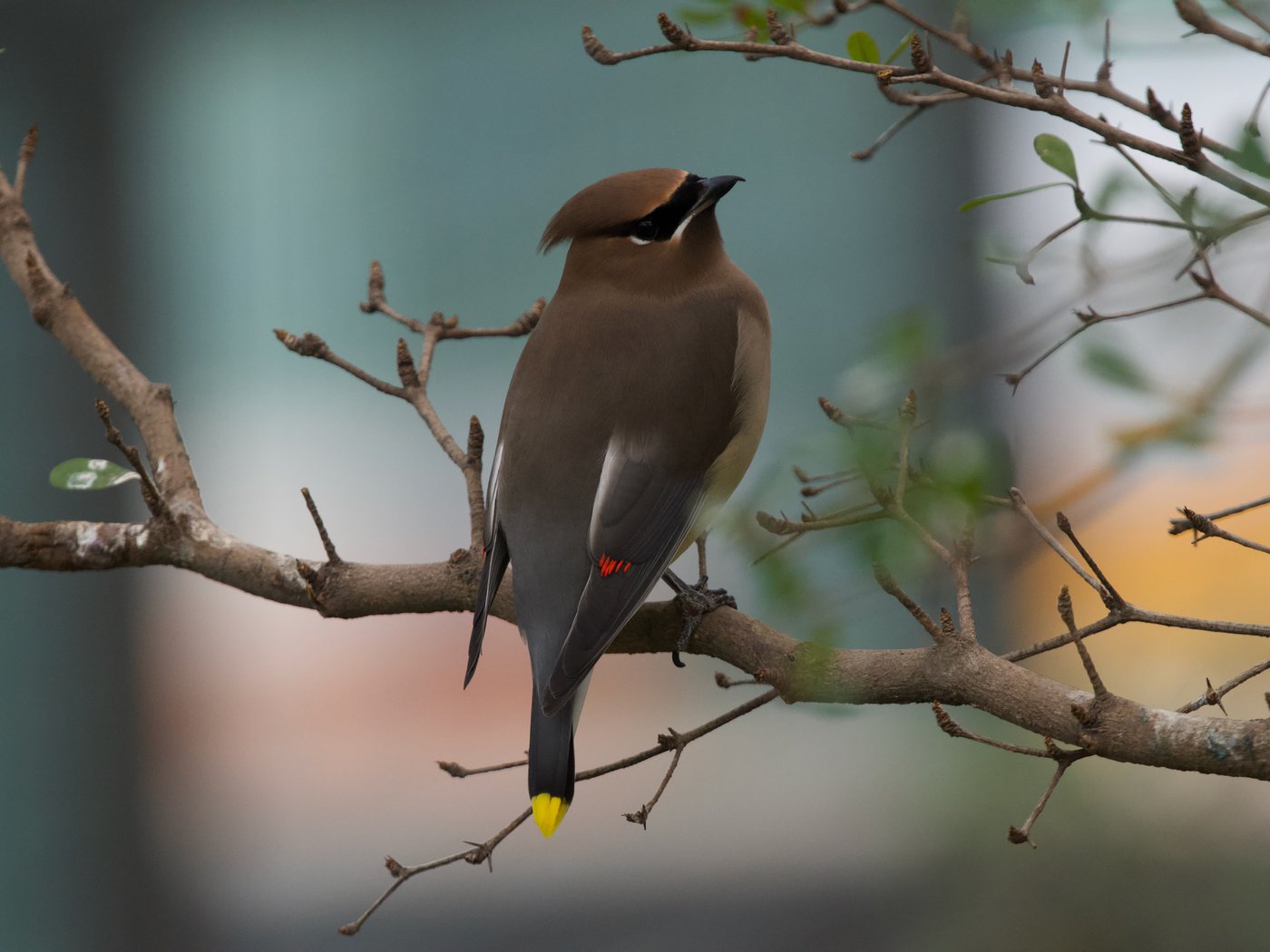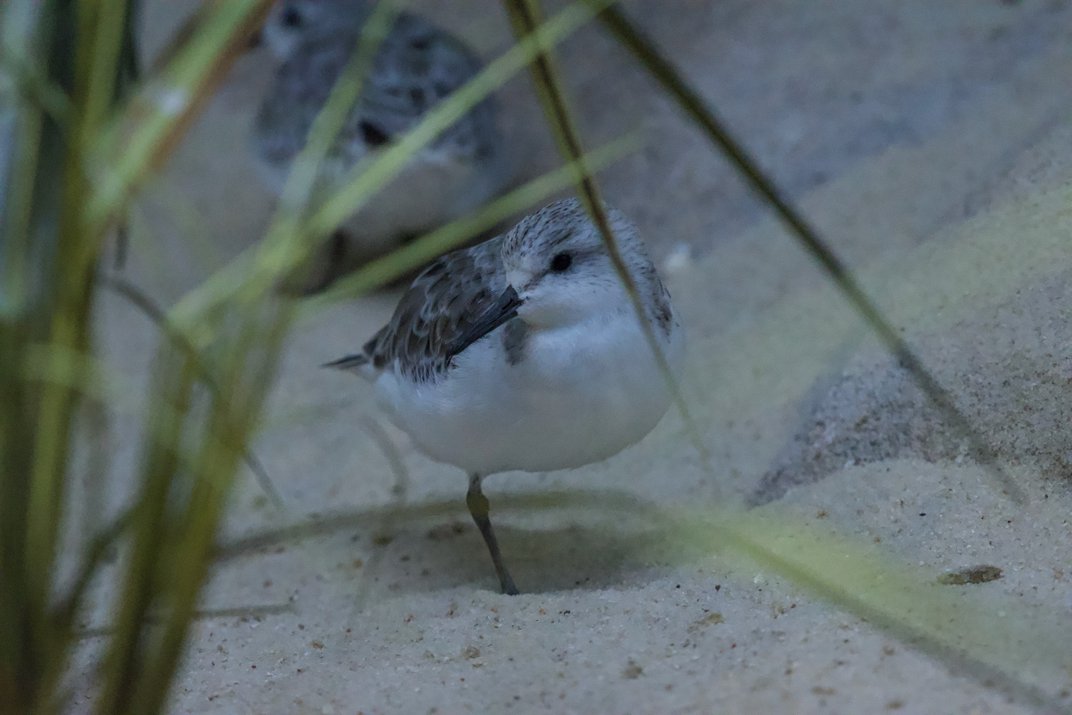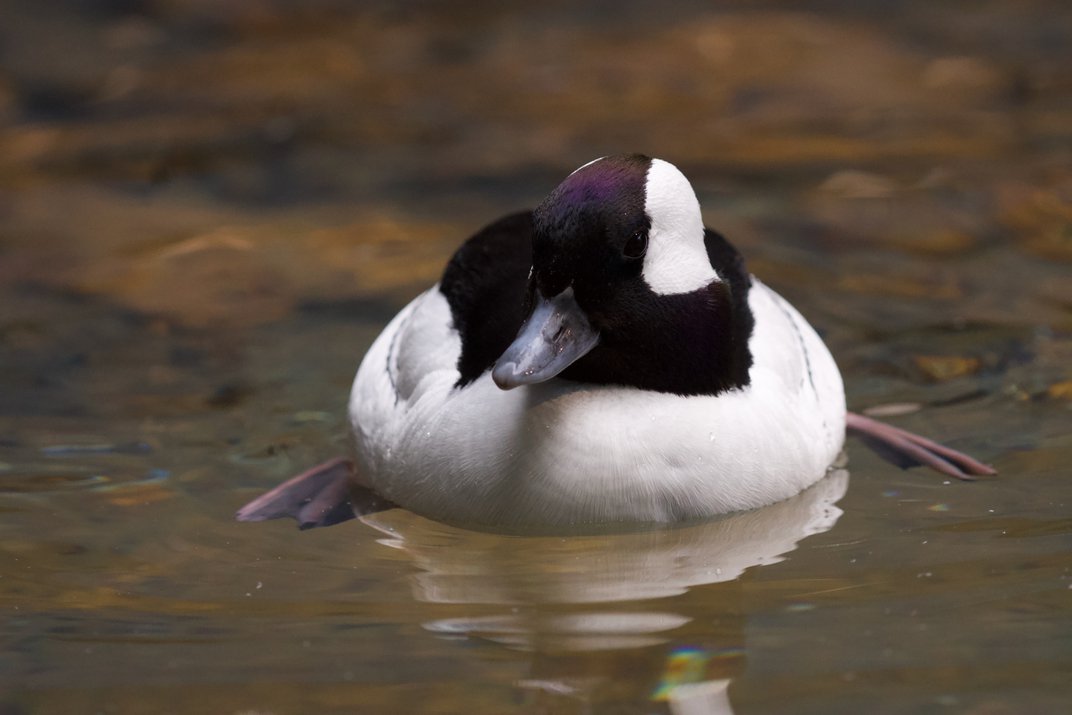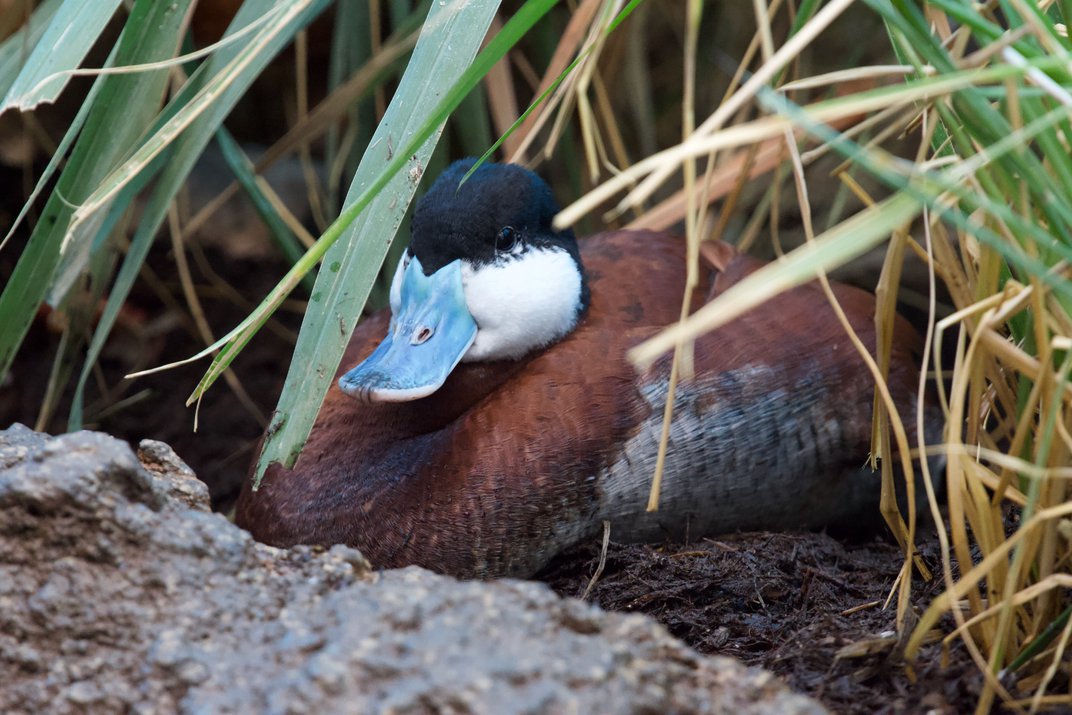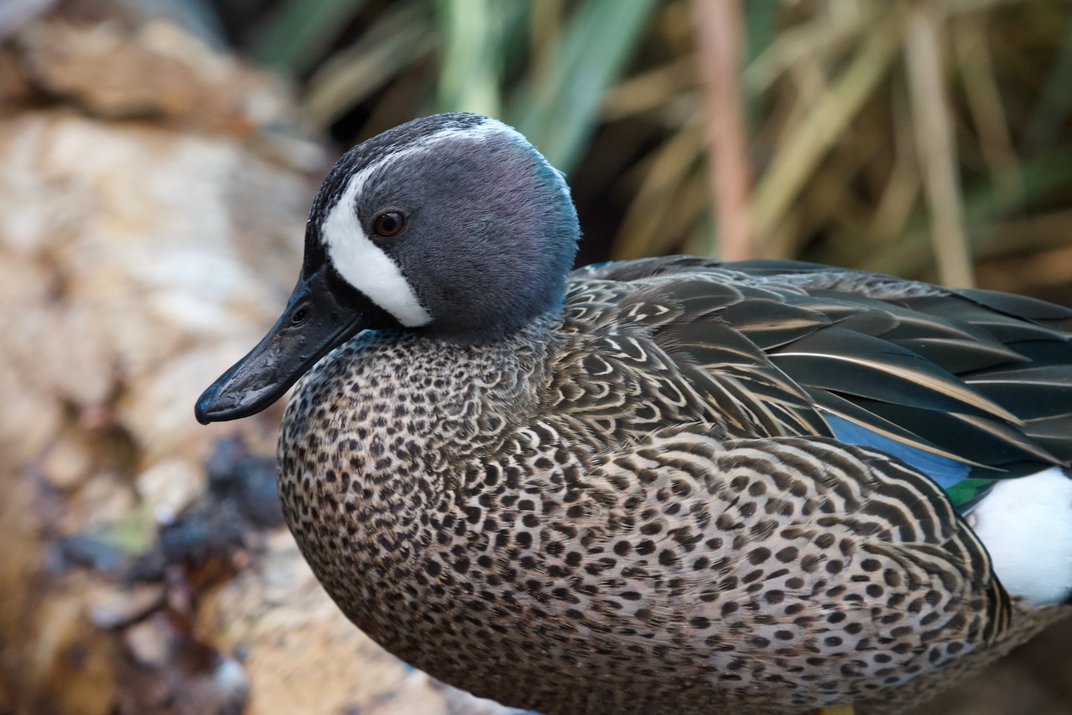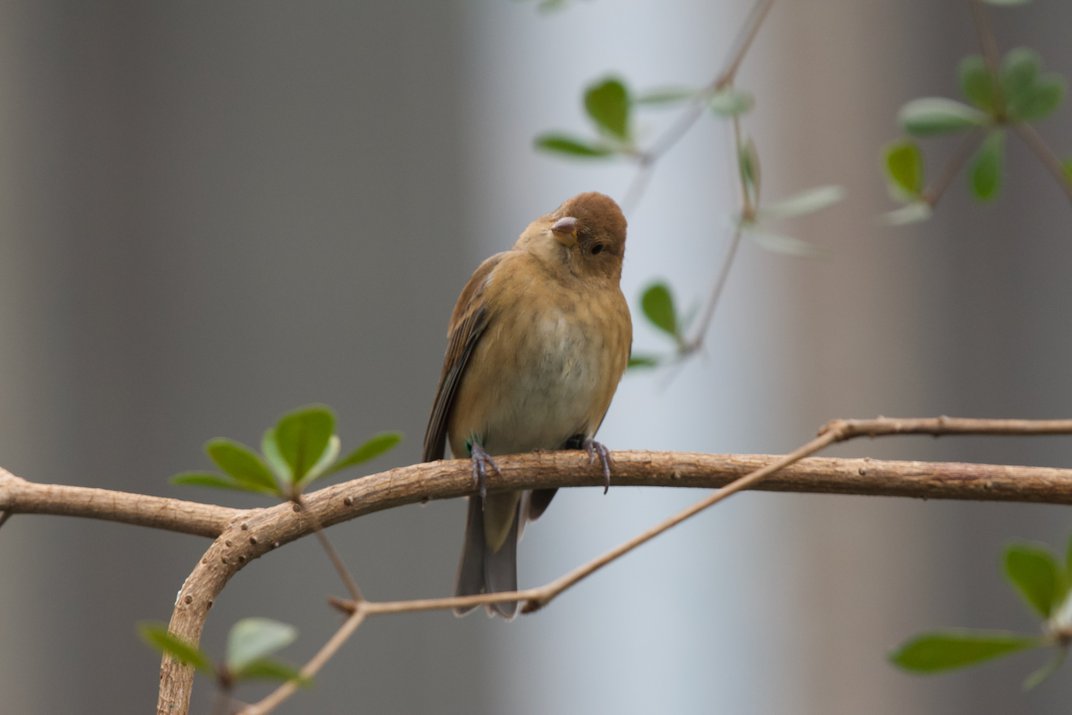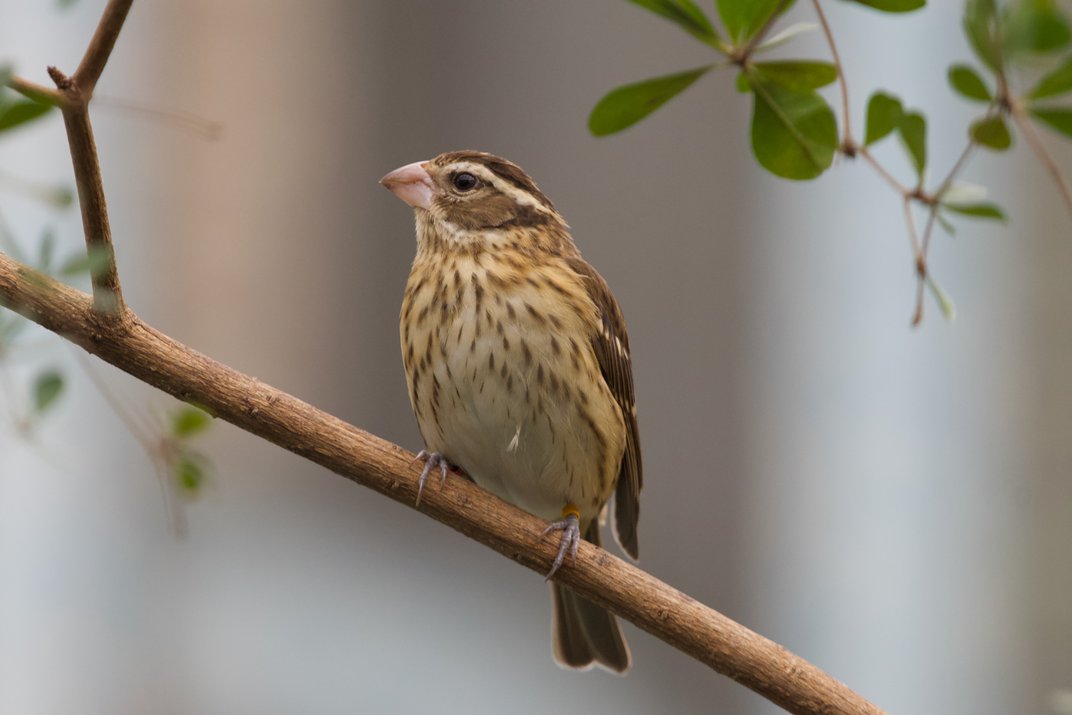Soft peeping fills the air in the Delaware Bay aviary at the Smithsonian’s National Zoo and Conservation Biology Institute (NZCBI) in Washington, D.C.
Meant to resemble the shorelines that support avian migrants, the room features the long-legged scurrying birds that are familiar sights on beaches. Piping plovers scuttle amid pieces of driftwood and coastal vegetation as speckled sanderlings hop around on one leg. A dowitcher struts through the sand, sporting an impressive bill, and a red knot—a treasured, threatened visitor of the mid-Atlantic coast—surveys its terrain. Native fish and horseshoe crabs swim in both saltwater and freshwater pools. From somewhere up above, a Carolina wren belts out its echoing, whistled notes.
With no cages in sight, visitors walk alongside the animals, as though they were really strolling down the beach.
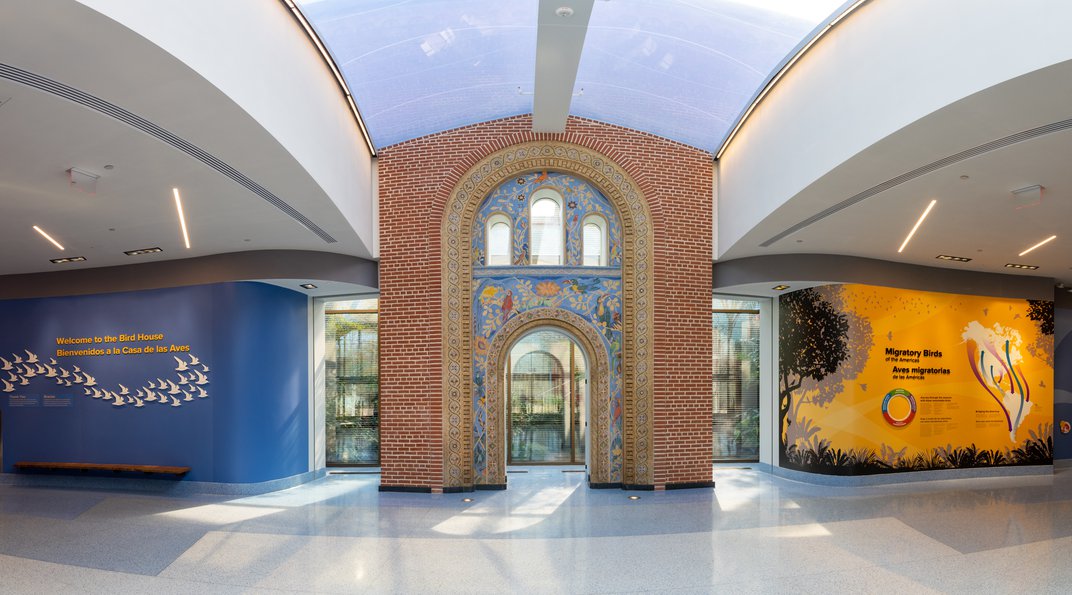
At long last, the zoo’s celebrated Bird House, which has been closed for renovations since 2017, is fully fledged and ready to take flight. With the ambitious six-year, $69 million project completed, the zoo will welcome visitors into its revamped exhibits beginning March 13.
Though the building got a facelift, more than 80 percent of its historic masonry walls—and its iconic mosaic arch dating to 1928—have been preserved. Upon walking in, visitors face the arch’s familiar array of tropical toucans, parrots and songbirds made of colored marbles and glass. Then, the novelty begins.
One standout feature of the renovated Bird House is the chance for close-up, interactive experiences. When the displays were last open to the public, visitors walked by the birds, which were largely behind glass. Now, they’ll walk among the birds in three new aviaries, immersed in the flapping, feeding, cooing, calling and splashing of the zoo’s avian residents. Outdoors, a handful of other species—including cranes, flamingoes, roseate spoonbills and cassowaries—can be seen in enclosures.
In the old bird house, the animals were a more international mix. But while the experience is now focused on birds of the Americas, it’s not likely you’ve seen them all before. These species surround us in forests, coasts and cities, but so many of them go undetected.
“This is this hidden component of North America’s biodiversity that to many people, they never lay their eyes on,” says Scott Sillett, a research biologist and head of the NZCBI’s Smithsonian Migratory Bird Center. “There’s literally hundreds of species that fly overhead twice a year. It’s like a Serengeti in the sky of migratory birds.”
But despite the abundance of these migrants, they’re facing a crisis. Birds across the United States and Canada have declined by 29 percent, or almost 3 billion individuals, since 1970. Flying by night, birds on the move get thrown off by artificial lights in cities and homes, and they must navigate the gauntlet of skyscrapers and high rises that humans have built in their path. They have to rest—while avoiding attacks by cats—and they need to refuel in robust habitat, which is steadily decreasing.
“I don’t think people realize how much of a decline birds are undergoing,” says Sara Hallager, the zoo’s curator of birds. “These are our birds. This is our treasure. And we need to protect it.”

The zoo’s feathered denizens are “ambassadors,” she says, giving visitors a personal connection to birdlife and, hopefully, a desire to protect it. All avians in the exhibitions came from rehabilitation centers, other zoos or the wild. During the six-year renovation, they were relocated to various areas near the Bird House, and in November last year, keepers introduced them to the new exhibit spaces.
Almost immediately, the birds adjusted to the curated environment. They began vocalizing, bathing and eating—telltale signs that they felt comfortable. And now, some of them are even giving the biggest signal that they’re thriving: performing courtship displays in advance of breeding. “Currently, we’re seeing a lot of dramatic breeding behaviors and dances,” says animal keeper Jen Ferraro.
The second aviary is designed to be a breeding ground for ducks. It mimics the prairie potholes of the Midwest, the small pools in grasslands carved by receding glaciers at the end of the last Ice Age. Up to 80 percent of North America’s waterfowl breed in this habitat.
In this aviary, visitors get a firsthand look at this “duck factory.” Male ruddy ducks create a flurry of feathers as they snap at each other with their blue bills. Lucky visitors might even witness waterfowl courtship displays, which range from a simple head bob to swimming in a figure-eight pattern. Some ducks have already laid eggs this year, and more are all but certainly on the way.
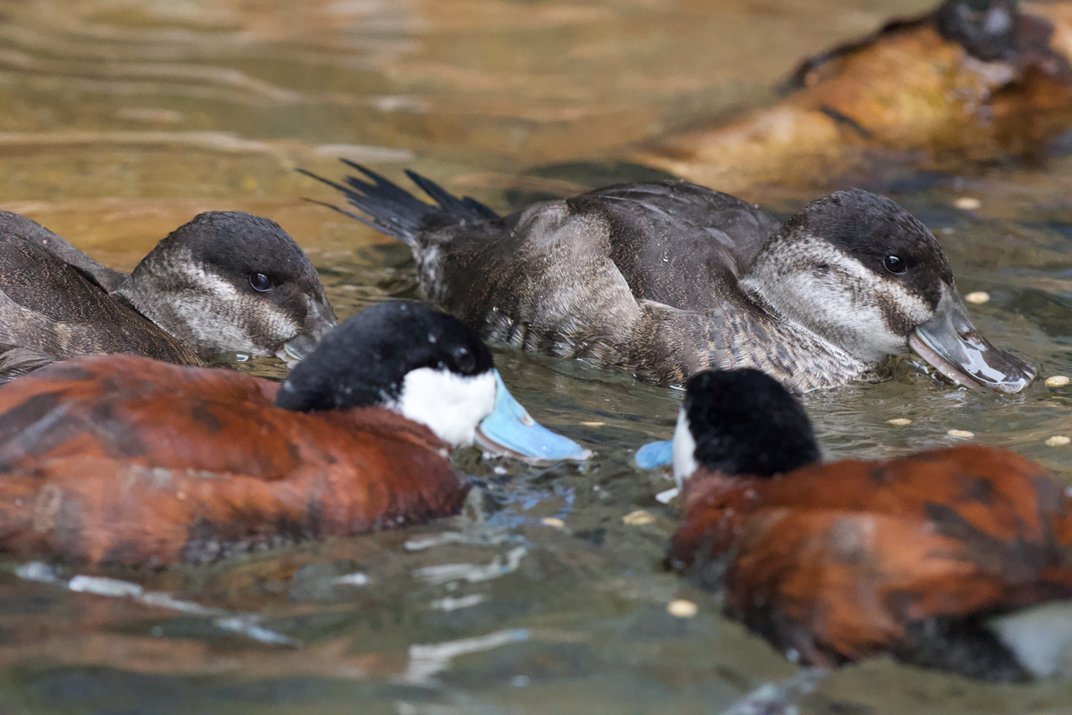
On Wednesday, Ferraro tossed handfuls of specially formulated pellets for waterfowl at the birds. They scrambled, splashing, for the food with almost as much enthusiasm as they’d previously had for chasing each other. From the other side of the room, northern pintails and shovelers began curiously stepping around the ropes separating the habitat from the walkway and waddled along the pedestrian path to check out the food.
Raising a migratory bird in captivity requires a very regulated diet. In the wild, these birds start packing on weight in spring and fall in preparation for the extreme exertion of their journeys. But in a zoo, the birds won’t be burning as much energy, since they’ll stay in one place. To compensate, keepers change the animals’ meal plans to match how they would look in the wild: For songbirds, they get more insects during the breeding season. Shorebirds get larger amounts of krill.
“By doing that, we are able to actually trigger the same sort of physiological changes that their bodies would go through,” Hallager says. They coax animals onto scales to check their weight and determine whether an individual’s intake must be adjusted. Smithsonian researchers have poured multiple years into understanding just how to tweak the diets of captive migratory birds. “I think we’ve basically perfected it,” Hallager says. This knowledge can be spread to other zoos to advance migratory bird breeding programs nationwide.
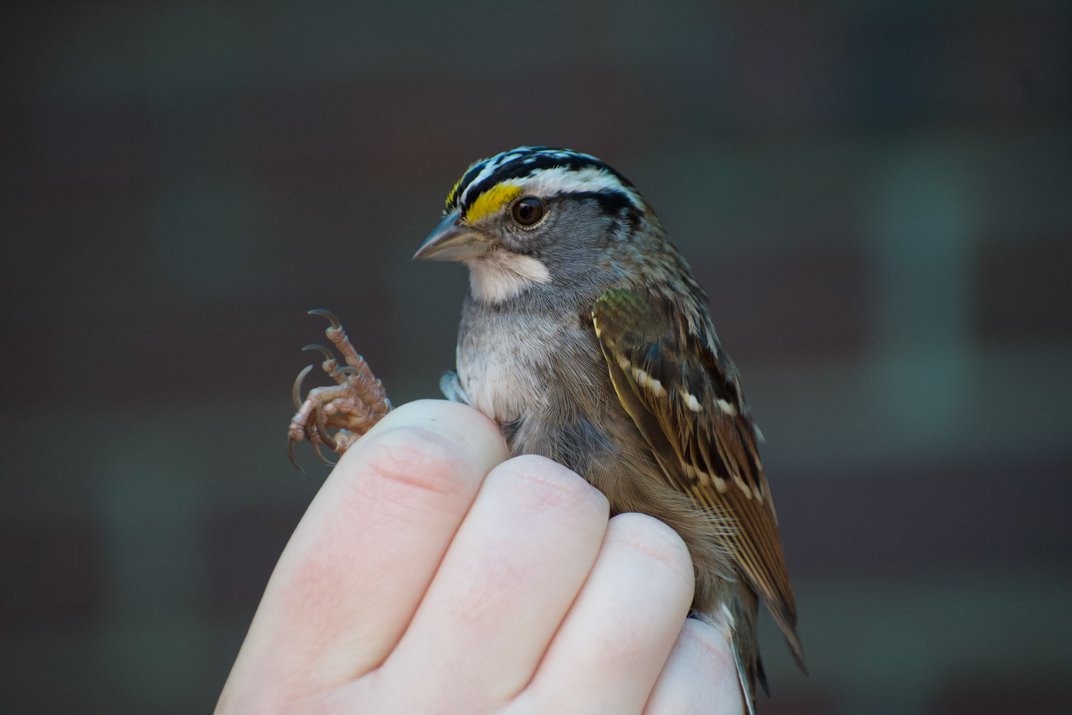
The Smithsonian Migratory Bird Center is the only research institution dedicated solely to studying these death-defying journeys—the arctic tern travels around 25,000 miles each year as it moves between the poles—and the intrepid creatures that make them. Once the Bird House is open, scientists will hold demonstrations of bird banding for visitors, in which they safely capture wild birds, take measurements like weight and wing length, apply a leg band with a unique identifying number, and release the animal back into the wild.
Within the building, scientists went to great lengths to tailor an idyllic renovated habitat. The Bird House’s skylights emit UVB, a particular sort of ultraviolet radiation that’s healthy for birds and allows them to see colors on their feathers that are indiscernible to human eyes. The Delaware Bay shorebirds have a wave machine in their pool, and all pool water is recycled and filtered through beads or sand. To protect wild migrants, the building’s glass facade has a pattern of horizontal lines baked in, making the transparent material more visible to the animals.
In the third and final indoor aviary, a rain machine pours mist from above, simulating the wet world of the tropics. Walking into this room, the humidity is the first, most noticeable change. Then, staring into the dense tropical foliage, birds with fantastic colors begin to appear. A scarlet tanager and indigo bunting flit through the greenery. Warblers of varied hues and classy cedar waxwings congregate amid leaves. The gray catbird, comparatively drab, compensates by singing a whisper song, or a lower-volume call that indicates breeding.
This room is designed to mimic a Bird Friendly coffee farm, or one of several organic, shade-grown plantations certified to match criteria set by the Smithsonian Migratory Bird Center. Choosing to buy coffee (or chocolate) that’s certified as bird friendly is a quick lifestyle change that can conserve bird habitat and ease the burden of migration. Smithsonian scientists also recommend a handful of other simple actions to protect birds, ranging from treating windows and turning out lights to growing native plants, avoiding single-use plastics and participating in citizen science.
It’s taking actions like these, in addition to conserving habitat and combating climate change, that will continue to ensure birds’ future survival through their mind-blowing migratory journeys.
For the time being, though, vast stretches of bird-ready habitat still exist. And despite stark declines, most of the species represented in the Bird House are still common in the wild. For these reasons, bird enthusiasts may breathe a sigh of relief—and rightly so. Still, this is not a time to grow complacent, Sillett says.
“The time to do something about population declines is not when there’s only ten left,” he says. “It’s [time] to conserve species while they’re still common.”
